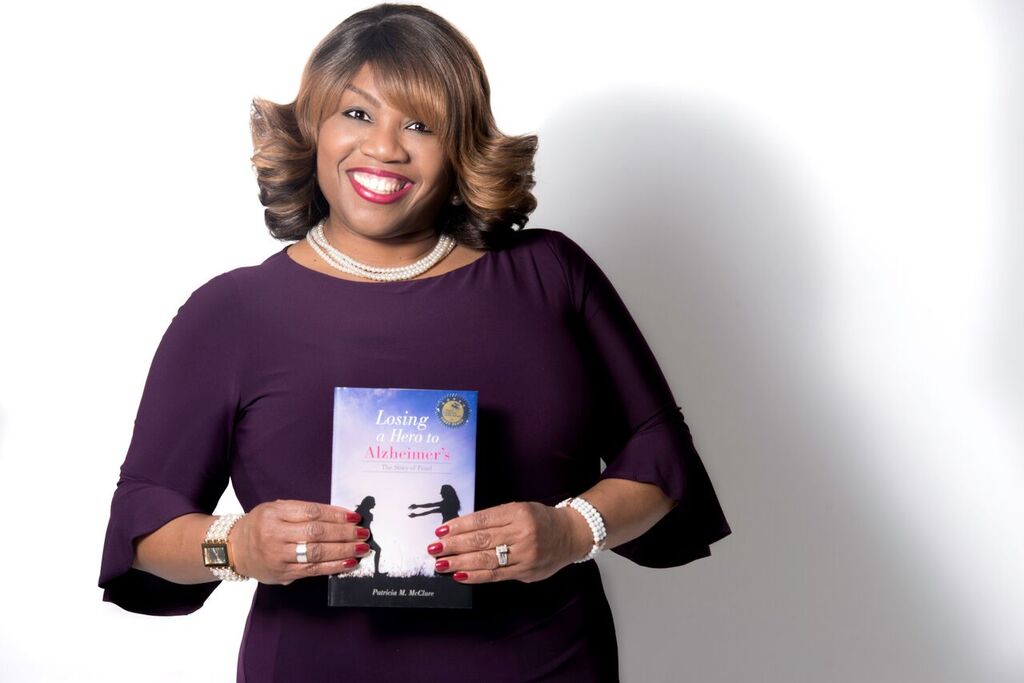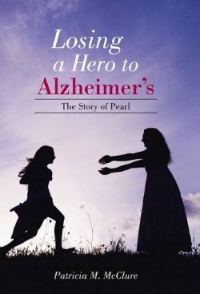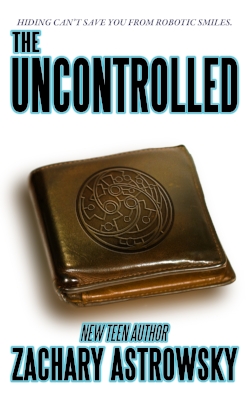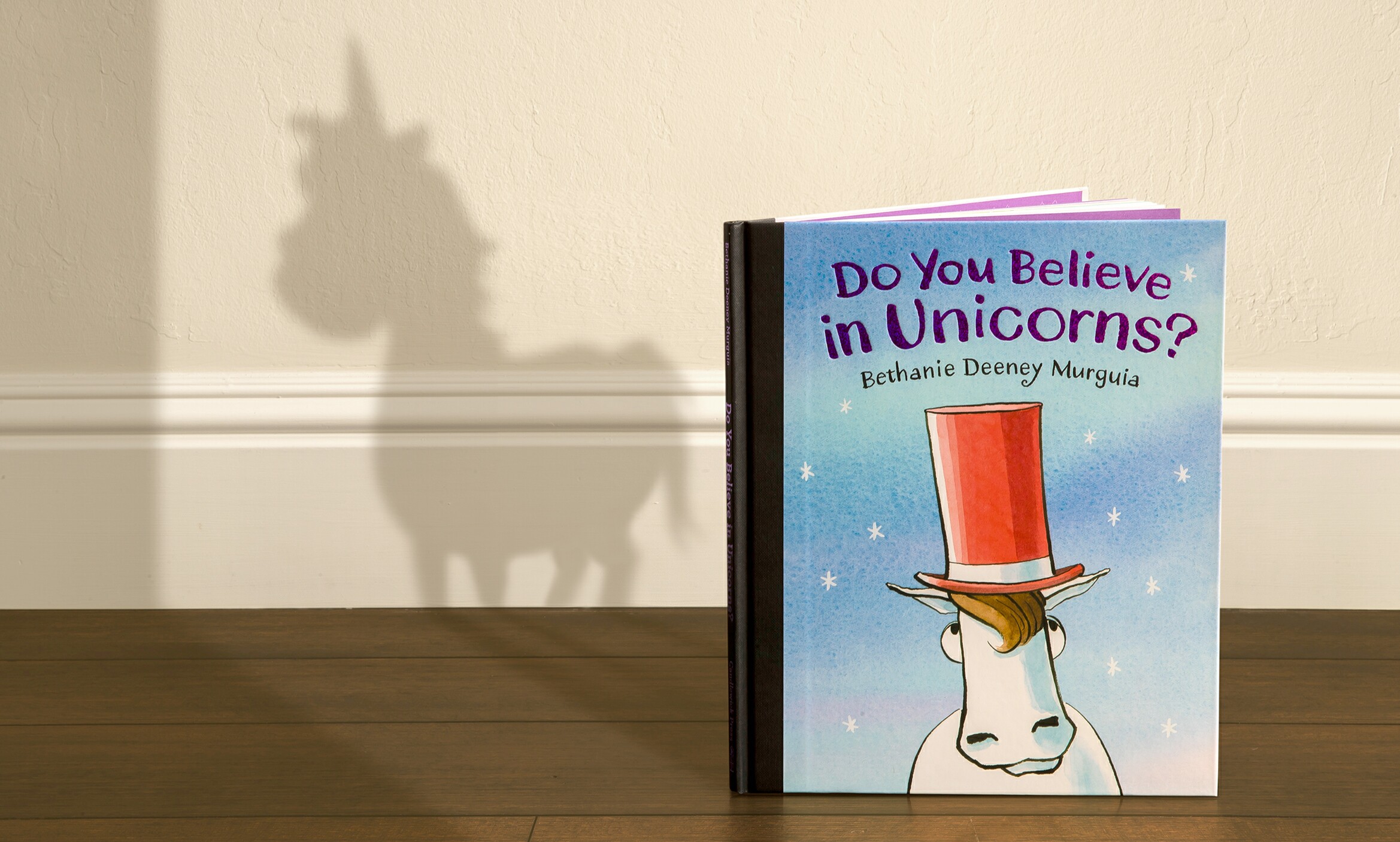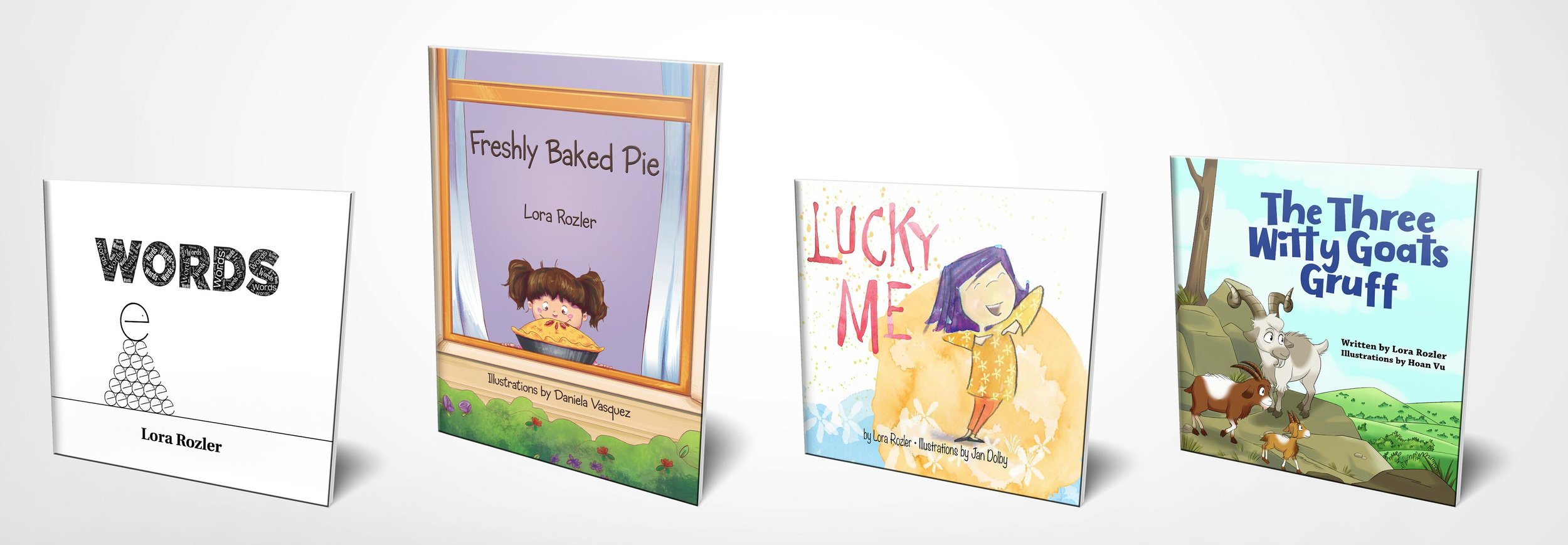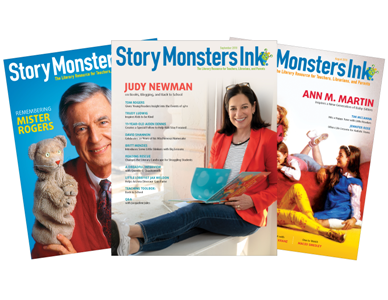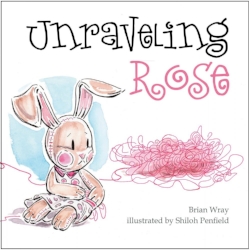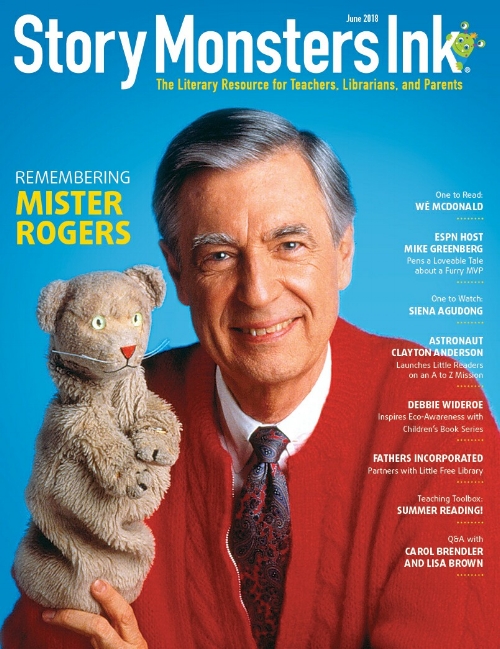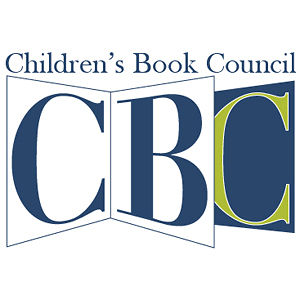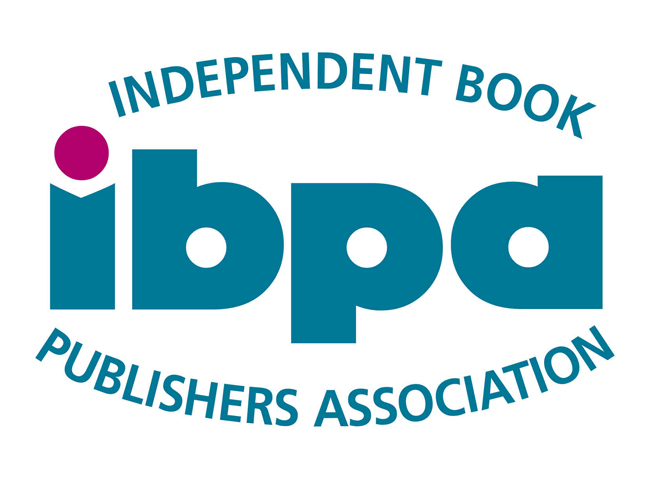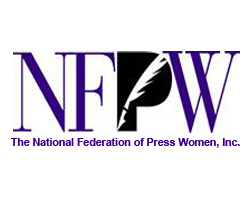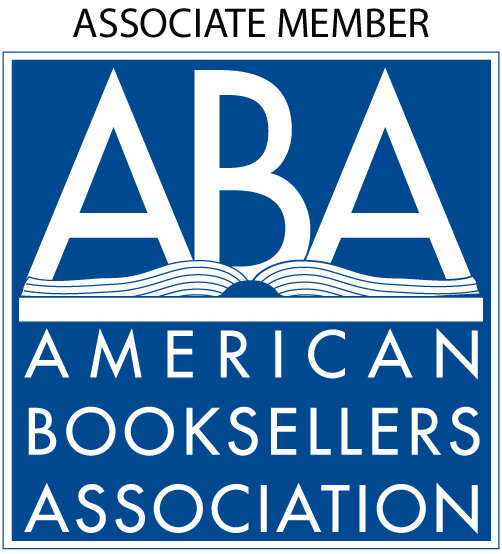Where did you grow up?
I grew up on Forest St. in Franklin Township, which is part of Carbon County in Northeast PA. My parents’ ranch home was located directly across from my grandparents’ campground, providing endless summer memories of swimming, volleyball, campfires, riding golf carts, and playing cards with friends and family. Being nestled in the foothills of the Poconos near the borough of Lehighton allowed me to witness all four seasons in beautiful landscapes of mountains, valleys, fields, and lakes. Changing of the seasons always seemed to elicit a feeling of peacefulness, yet excitement of what was to come. There is something about the beauty of nature that inspires me to reflect and want to capture it in pictures or in words.
I still remain in Franklin Township, a few miles from my childhood home. I love that my children could enjoy the area where I grew up and even attend the same elementary school as I did years ago.
Did you read a lot as a child?
Reading was and still remains a huge part of my world. My mom was one of my first teachers. She knew how to capture my attention and teach new words by doing crafts like creating a picture book about my family. As a child I enjoyed pop-up books and books like Hop on Pop, Ten Apples Up on Top, Are You My Mother?, There is a Monster at the End of this Book, and Amelia Bedelia. Later on, trips to the grocery store typically yielded new additions to our library with Sweet Valley Twins and Sweet Valley High books, as well as Bop! and Teen Beat! magazines.
What are some of your favorite literary memories?
Some of my favorite literary memories were snuggling next to my mom as she read picture books. She always showed an interest in my reading and learning. I loved when we would set up the Fisher Price record player to listen to books on records while reading along to the stories. The narrators and characters speaking in the stories grabbed my attention and made me want to continue reading more and more.
What did you want to be when you grew up?
Around the time I was 10 years old, my friends Dorinda, Alicia, and I formed the Gals’ Club, in which we were the sole creators, writers, and editors of our own neighborhood newspaper entitled Whippoorwill Lake Newspaper; the newspaper was named after my grandparents’ campground located directly across the street from my house. We used a typewriter and set up our shop in our clubhouse, the tent camper in my family’s backyard. We sold our newspapers for 10 cents each and delivered the papers via our bikes and sometimes by my friends’ little red Radio Flyer wagon. Our newspaper captured the attention of a reporter from the local newspaper. Our story was featured in the Times News, and we were invited to visit and tour the Times News building. Seeing the whole process of creating the local newspaper was fascinating. I began to think that one day I would love to be a writer or reporter, as well as being a teacher.
Tell us about some of the jobs you’ve had before you became a writer.
I grew up helping with office work in my family’s fuel oil delivery business R.F. Ohl Fuel Oil located in Lehighton, PA. My older brother Brad delivered fuel oil with my dad, while my mom, big brother Steve, and I worked in the office. Seeing the business grow through the family’s hard work and perseverance was inspiring to me. I knew I would have to do the same to reach my life goals.
I went on to earn a bachelor of science degree in elementary education from Kutztown University and a master of education degree from East Stroudsburg University. I worked in my hometown school district for 17 years. I substituted grades K – 12 for two years until I was hired as a full-time classroom teacher at Lehighton Area Middle School in 2002. While a middle school teacher, I taught science and reading to 6th graders for 10 years, and I was a grade 5 to 8 reading specialist for three years. Later, I transferred within the district to Mahoning Elementary and Shull-David Elementary schools as a Title 1 reading specialist for grades 1 to 4.
Recently, I joined my husband at our towing and repair business All-Points Towing, Recovery, and Service Center to work as the office manager, concentrate on my writing, and having a flexible schedule to raise our three children Megan, age 13, Jocelyn, age 10, and Sawyer, age 9.
How did you get started writing?
As soon as I could hold a crayon, I grew an interest in writing. I recall watching my parents write at the kitchen table as I tried to copy what they wrote in my best handwriting. Although others may have seen scribbles and swirls on my paper, I saw letters and words making up my name and stories. My parents entertained my ideas by listening and encouraging.
As previously mentioned, my best friends and I had our own newspaper. Their parents and mine supported our endeavors, as well as our neighbors. One next-door neighbor in particular, Mary Miller, enjoyed writing letters to our column “Dear Gals.” She asked us questions about the baby deer that were spotted in the neighborhood, sent us recipes for our newspaper, and even requested answers for our crossword puzzles to be printed in our following newspaper. If we sold lemonade to raise funds for our paper or other endeavors, she was there as a solid customer and supporter.
As I continued school, my teachers were influential in my writing. From Mrs. Snowberger and Miss Cox teaching how to write the ABCs, form my first words, and rhyme to Mrs. Sowden and Miss Mulligan teaching me how to write in my neatest cursive writing, teachers were some of my biggest supporters and influences along my literary journey. I can recall Mr. Gimble and Mr. Eisenhower teaching me about the classics and introducing me to literary greats in stories as well as building upon the fundamentals of writing, enabling an expansion of vocabulary and stretching my mind to new levels.
Mr. Novey in high school provided opportunities for projects and life lessons as my friends Misty, Mike, Brett, and I learned the value of researching, preparing, creating, and presenting a project about the decade of the 1940s. Through this, we collectively learned that sometimes we can have the best laid plans fall through, and at times we just need to use our research and knowledge to “wing it” to get the desired results. That concept has been applied to my writing and in life on many occasions; sometimes the best pieces of writing happen when you take a different direction and let go of anything holding you back.
College professors like Professor Harkins at Lehigh Carbon Community College expressed with animated gestures that “Variety is the spice of life.” Dr. Chambers at Kutztown University opened my eyes to new literature by Patricia Polacco and her love of Harry Potter was contagious. I found myself immersed in children’s books during the summer of 2000 while studying to become an elementary school teacher. I wrote reviews to create a book log of 40 books as assigned, and she encouraged me to one day write children’s book reviews. Though I did not pursue that at the time due to a busy school schedule, I kept that positive remark in the back of my mind. Years later, I joined with Story Monsters Ink to do just that. Dr. McLaughlin, Dr. Ramano, and Dr. Moore from East Stroudsburg University challenged me to research, read, and reflect, all while finding creative ways to reach the different learning styles of my students.
Dr. R and the Colonial Association of Reading Educators (CARE) championed my writing efforts by connecting opportunities to present at the Keystone State Reading Conference in State College, PA and educator receptions and book signings at Barnes and Noble stores.
Together the teachers in my life taught me that writing can be fun, entertaining, and a learning tool. Because of that, I used my love of poetry and songwriting to create songs about character, science, and reading for my middle school students and later turned them into books for others to enjoy.




